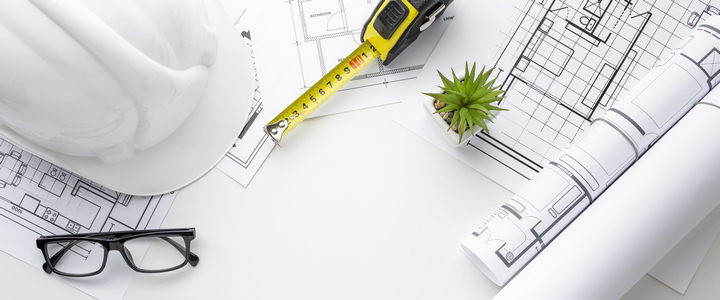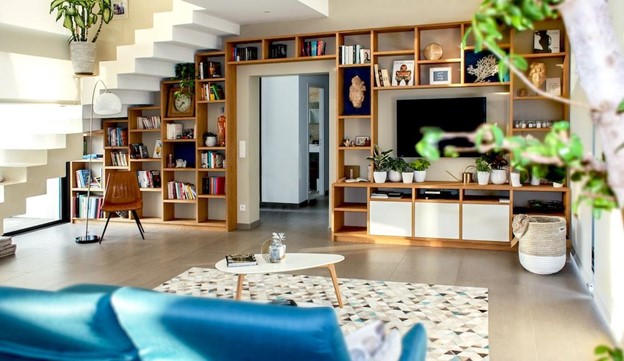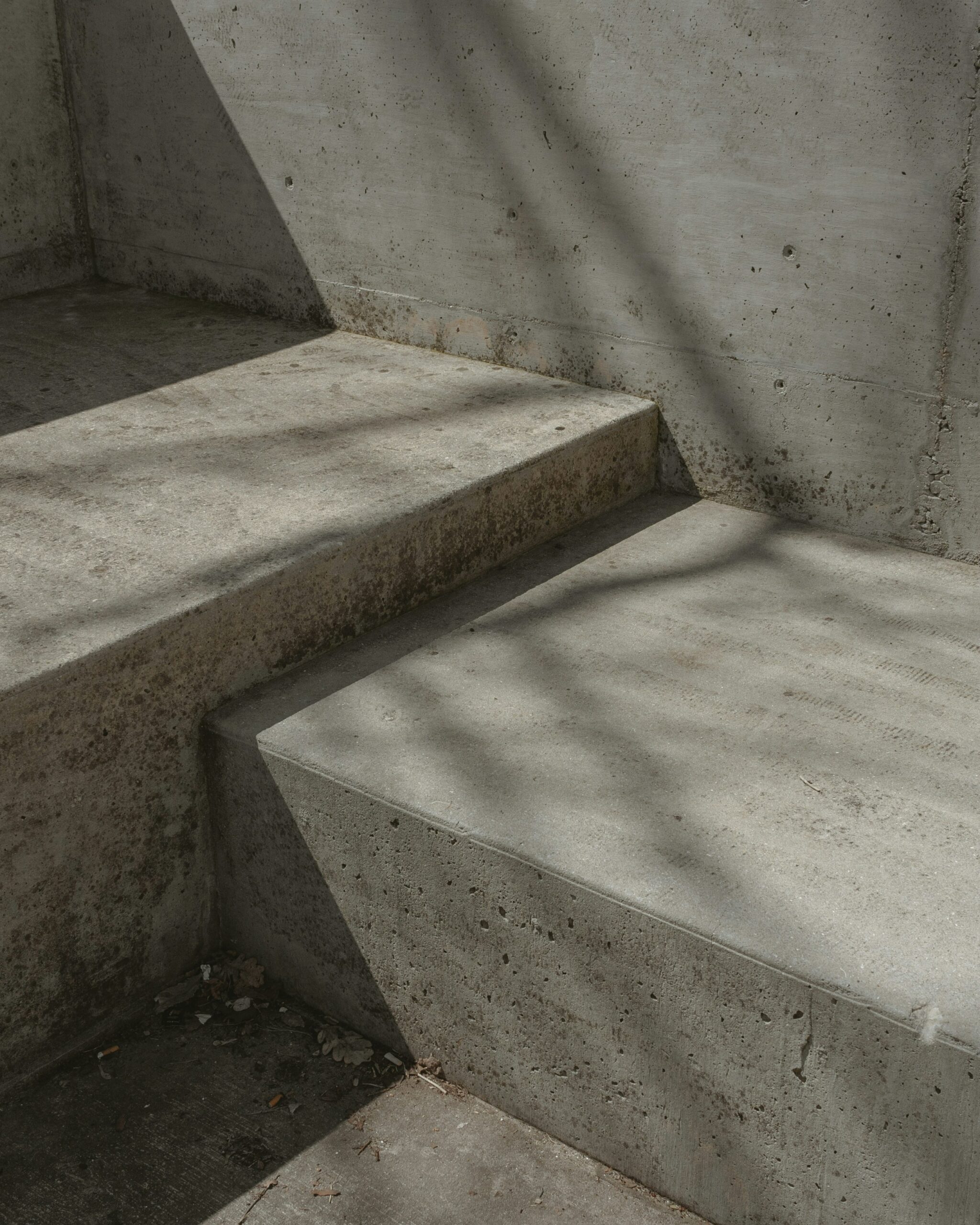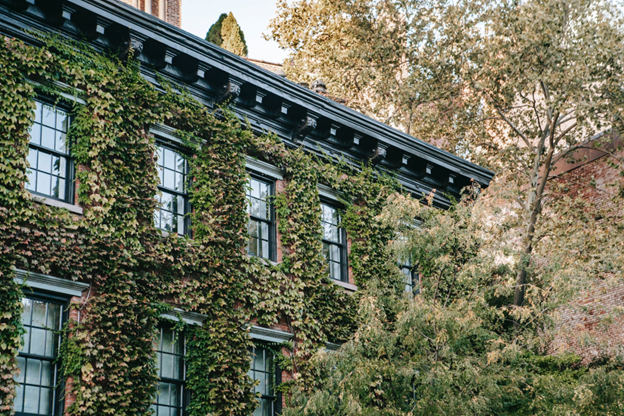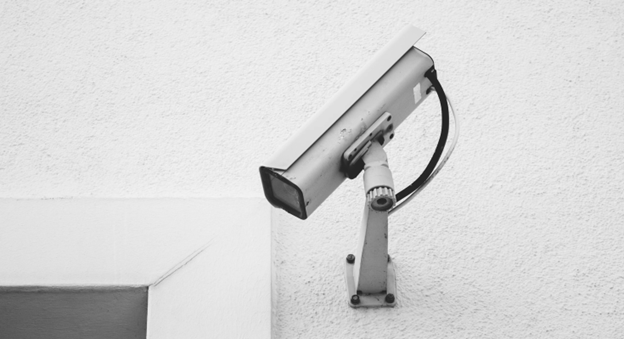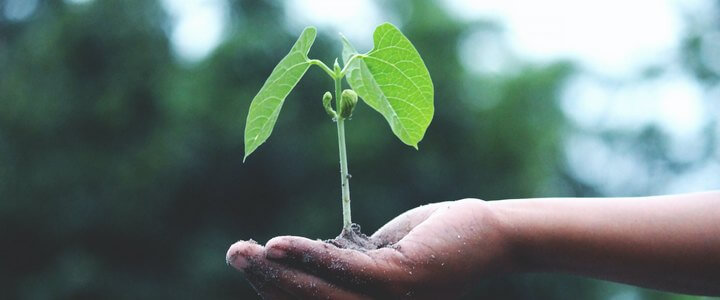6 Green Home Improvements That Will Also Save You Green
Eco-friendly home improvements not only help you go green, but they save green too. Whether you just want to give your home a minor face-lift or start a huge remodeling project, green is the way to go.
Even just a small green home improvement can help you save hundreds of pounds annually, while bigger ones can significantly boost the value of your house. To help you live a greener lifestyle for less, here are a few things you can try.
Solar Panels
If your house has solar panels, you could be saving money on a sweltering hot day instead of losing it. The solar panels of today can turn almost 20% of the sunshine hitting them into electricity.
They are better looking and much more efficient than their old-school counterparts. Solar panels could increase your home’s value by as much as £12,000 if you ever decide to sell. And, if you live in the US, you can net up to 30% of the installation cost in tax credit.
Energy Star Appliances and Products
More than 70% of appliances and products in your home come in an eco-friendly and energy-efficient version. If you want your wallet to benefit long term, consider upgrading them.
You can choose environmentally-friendly light bulbs (CFL or LED), install an Energy Star ceiling fan, or swap out your old refrigerator with a more energy-efficient unit.
By using energy-efficient products and appliances, you can save £500 a year on energy costs. For instance, by installing an Energy Star-rated tankless water heater, you can save almost £1,600 over the course of the unit’s lifetime.
Compost Pile
If you start composting, you will benefit both your wallet and your garden. And, you don’t even need to have a green thumb to start. All it takes is a few eco-friendly gardening tools and methods to get started.
If you want to have your yard professionally fertilised, it will cost you up to £65 per treatment. You can save a lot of money by using your food scraps and starting a compost pile of your own.
Simply collect your yard waste and kitchen scraps in a composter, and, when the time comes, spread the decomposed material around your trees, in your garden, and in your flowerbeds.
Composting is a very simple process, but it can significantly lower your carbon footprint. It’s a great way to reduce pests, minimise plant disease, and enrich the soil in your yard. It will also help you avoid the use of unnecessary chemicals.
Energy Efficient Windows
Energy-efficient windows are a sure way to go if you want to green up your home and save a few pennies. You can prevent significant losses of heat by installing double or triple glazed windows, or by installing thermal energy-saving blinds.
Such windows create an insulating barrier that keeps the heat inside the building. This doesn’t just help you save money, but it reduces waste as well.
It’s best to go with uPVC or steel windows as they are recyclable. If you have a historic or rustic home, you can choose sustainably sourced timber.
The smartest thing to do would be to install low-emissivity glass in your windows. This type of glass features low-E coating that acts as an insulator. It can save you up to 33% in cooling and heating costs.
To help with your energy savings, you can also use insulated cellular shades. They can reduce your energy expenses by up to 20%.
Insulation
Heat will quickly escape through the walls of your house if you don’t have proper insulation. If your house was built before the 1990s, the walls probably have cavities or gaps.
To keep more heat inside, you can fill these gaps with insulation material. This will cost less than completely insulating internal and external walls.
Bathroom Upgrades
You don’t have to undergo a full bathroom renovation to create a more eco-friendly home. You can save a ton of money and water by simply replacing your toilet and showerhead.
The toilets in an average home account for nearly 30% of the total indoor water consumption. By installing a low-flow toilet, you can avoid flushing money down the drain.
If you decide to go shopping for a new toilet, make sure it carries the WaterSense label. Some WaterSense-rated toilets use as little as 1.3 gals per flush. In comparison, a standard toilet uses 3.5 gallons per flush.
By upgrading your toilet, you can reduce water waste by 60% and save more than £90 a year. You can install a low-flow showerhead and cut your water usage even more. This is a great way to save energy as well, since your water heater won’t have to heat up as much water as before.
Takeaway
The best way to save green is to go green. Some of these improvements are more expensive than others, true. But, even if you are on a tight budget, there are ways you can make your home greener. In the long run, each of these home improvements will save your hard-earned money as well as the planet.
Kevin has gone through an extensive home renovation with his son, which he has both thoroughly enjoyed, and dreaded every morning. He is now the proud owner of half his dream house (the other half has been waiting for spring). You can read more of Kevin’s work on PlainHelp.

